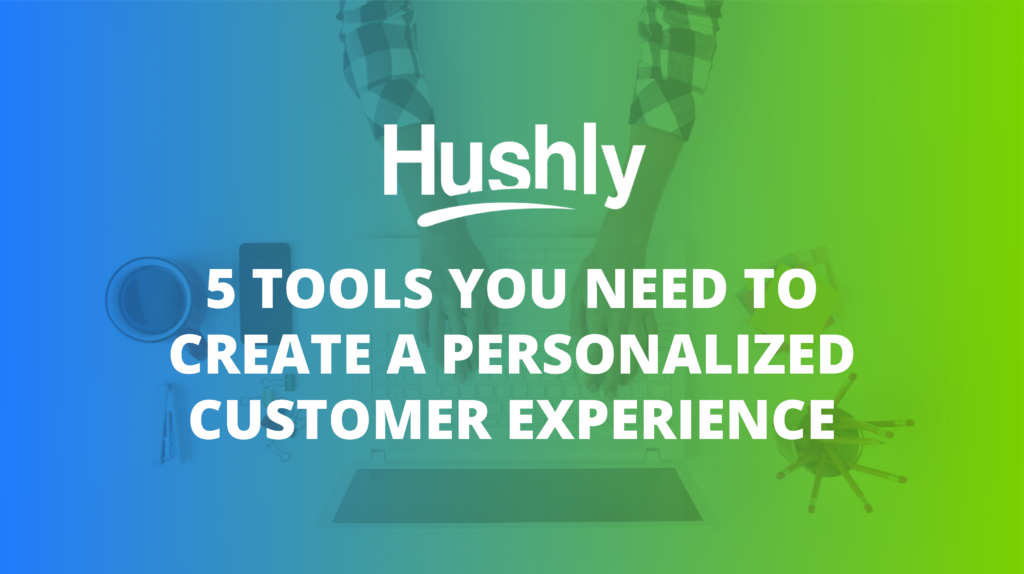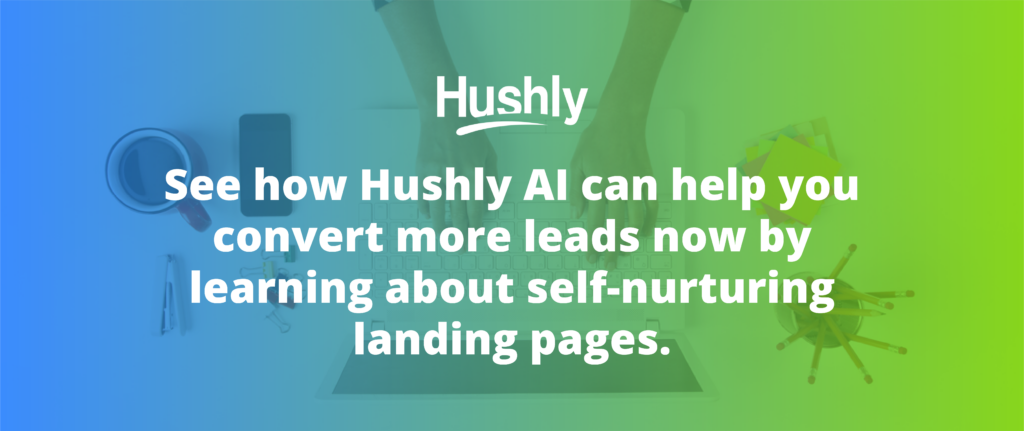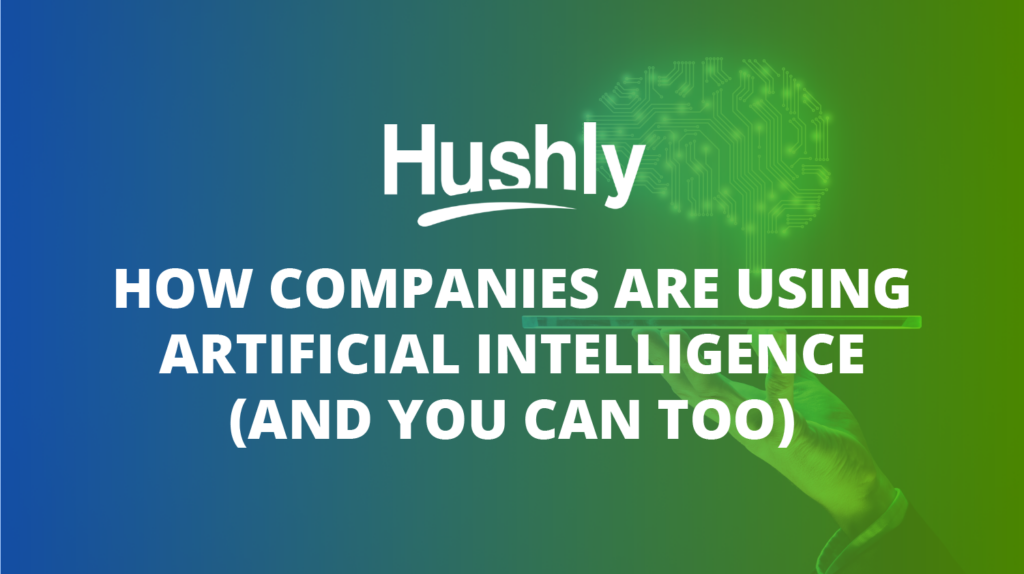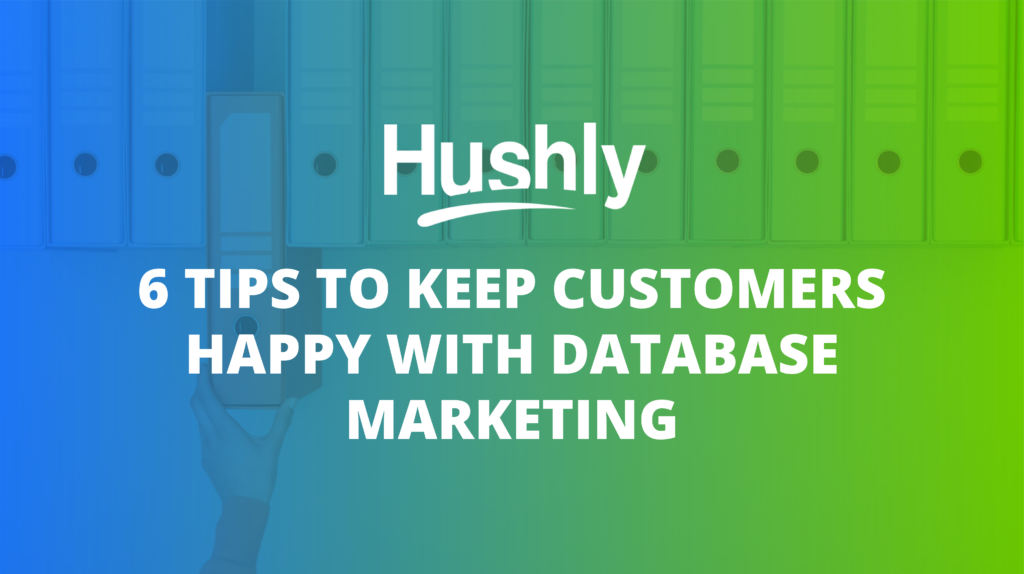Filters
Content Type
Topic
5 Tools You Need to Create a Personalized Customer Experience

Personalization is the big marketing buzzword of the year again it seems.
For the past few years, consumer brands have upped their marketing games with personalized content and customer journeys.
88% of B2Bs say buyers expect more personalized experiences than they did just five years ago.
Despite this, B2Bs have been reluctant to accept personalization and AI-driven technology but they’re slowly catching on.

Why Use Customized Marketing for Each Visitor?
A personalized customer experience in B2B allows you to create a unique experience for every visitor – whether known or anonymous.
Using AI machine learning, algorithms monitor the behavior of everyone who visits your website.
- What posts are they reading?
- How long did they spend on each post?
- What did they click to read next?
- What have similar visitors read?
85% of buyers say they’ll consider dismissing a vendor that fails to personalize the very first interaction.
The entire buyer journey has gone digital too, so website personalization is vital at every touchpoint. Buyers complete up to 90% of the buying process on their own without ever contacting a sales team.
Not only does a personalized customer experience satisfy buyer expectations for personalized content but it also helps guide visitors down the buying process without even collecting their contact details.
Through machine learning, algorithms gently nudge visitors towards conversion by recommending the perfect piece of content and the ideal time.
There’s no need to force visitors to fill out an annoying clunky form. No need to analyze visitor data looking for insights and patterns.
The algorithm handles everything in real time.
5 Tools to Create a Personalized Customer Experience for Everyone
AI and personalization aren’t as complicated as they sound. Yes, the technology behind a personalized customer experience is complicated. On the end user’s side, however, it’s remarkably simple and easy to understand.
Here are a few tools and tips you can use almost immediately to create a customized marketing experience for every visitor – whether a collected lead or an anonymous web browser.
1. Use Human Lead Verification to Start with Clean Data
Effective personalized communication and content starts with high-quality data. For data to be high-quality, it needs to be current and correct.
Unfortunately, most businesses are using data up to 40% incorrect to make important marketing decisions. It’s no surprise that 40% of business goals fail with bad intel as the culprit.
Bad data is costly too. It takes $10 to scrub a bad piece of information from your system later and $100 if you let it stay there and throw off your analysis.
Research shows 80% of businesses will abandon their data-driven personalization strategies due to poor ROI for just this reason.
Here’s the good news: AI-driven lead verification systems can remove the problem at its source.
Instead of manually verifying lead data as it’s entered and on an ongoing basis, algorithms cross-reference a business address with public information on LinkedIn.
Not only does this remove forms (all you need is a business email) to make the process easier for leads, but it also helps you build comprehensive profiles on different lead segments or accounts.
2. Create Data-Driven Content for Different Segments
Once you get your intel in order, you need to use it for content creation.
- 49% of buyers consume video during the buying process
- 64% listen to podcasts to learn about companies
- 76% like consuming infographics
Different people prefer to ingest information in unique ways. Part of customized marketing involves figuring out what each of your lead segments, audience, or accounts prefer and creating the right types of content.
You could also look for where visitors exit your site. Is there a missing answer to a question you could solve? Could you dig deeper to explain a concept?
3. Add Self-Nurturing Landing Pages for Content Bingeing
Traditional landing pages are outdated. Each landing page contains a single call-to-action. If a visitor doesn’t convert, they disappear into the void.
It’s no wonder B2B conversion rates hover around 1% on average.
Sure, the buying process is much longer in B2B, but marketers should do everything possible to help visitors nurture themselves.
Buyers want to be in control of the process, and they spend up to three hours researching from their phone every day. Your website is your most valuable asset so why not treat it that way?
Self-nurturing landing pages allow visitors to binge content in an endless stream of recommendations based on their behavior and intent. Yep, just like Netflix except your algorithm guides visitors towards conversion.
4. Use Adaptive Content Hubs to Create a Personalized Customer Experience
Like landing pages, traditional blog interfaces are also outdated.
Visitors have to sort through the most recent posts in broad categories to find something that speaks to them.
If they don’t see something on the first page, they’ll go somewhere else.
What happens if you have an amazing piece of content they’d love but it’s buried six pages away? They’d never find it!
An adaptive content hub solves this problem at the source. Yes, your content is organized into broad categories. However, the algorithm watches the visitor’s behavior, compares it to the behavior of previous visitors, and offers personalized content recommendations with high accuracy.
5. Prevent Abandonment with Exit-Intent Popups
Exit-intent popups are everywhere these days.
Sadly, most B2Bs use them in the worst way possible: confronting visitors with a lead form.
Google estimates 70% of all B2B searches happen on mobile devices now. It’s important to create an entirely mobile-friendly experience from start to finish and lead forms simply don’t fit the bill.
Instead, offer your leads MORE personalized content recommendations as they try to leave. You’ll be much more likely to win their hearts when you aren’t asking them to give you their personal information.
Source: Hushly
Use AI for Personalized Communication and Watch Leads Grow
Creating a personalized customer experience is easier than you expect! Hushly can help you capitalize on the AI-driven personalization tools so many leading B2B companies already use.
You no longer have to sort through massive datasets looking for patterns and following up with content recommendations. The algorithm handles everything in real time.
The post 5 Tools You Need to Create a Personalized Customer Experience appeared first on Hushly.



